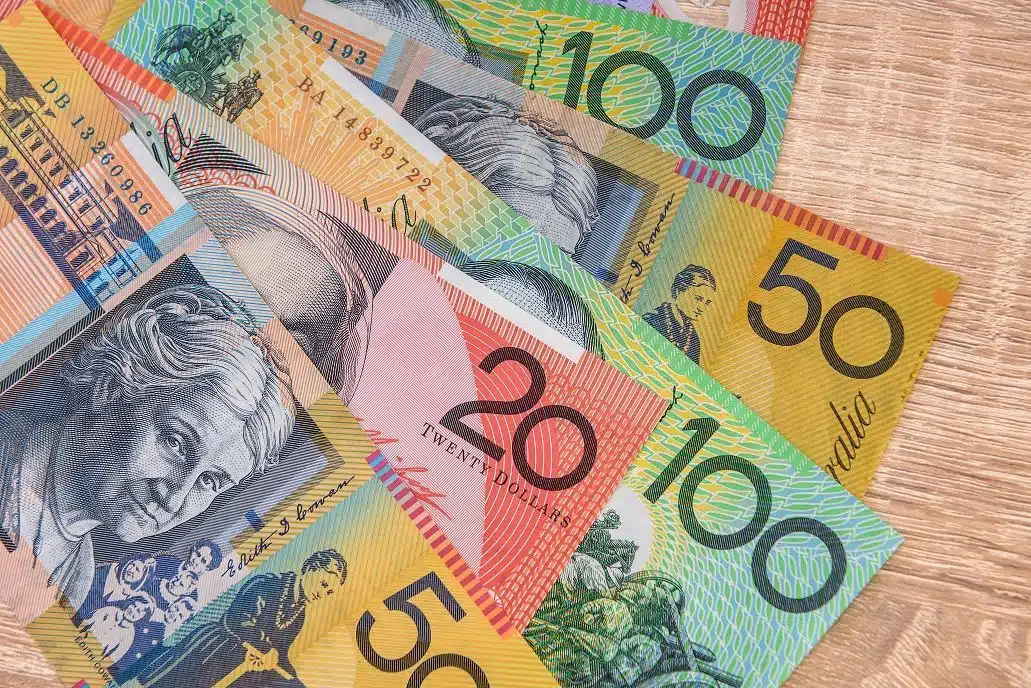- The Australian Dollar has experienced prolonged declines in recent sessions as the gains made by the Reserve Bank of Australia gradually diminish.
- PMI data from Australia shows disappointing results that fall short of expectations.
- The vulnerability of the Australian economy appears to be causing a decrease in demand for the Aussie currency.
Throughout the trading session that took place on Friday, the value of the Australian Dollar (AUD) continued to decrease in comparison to currency exchange rates. At 0.6640, which is also the 20-day Simple Moving Average (SMA), the AUD/USD pair has been challenging its significant support level. This level is also the Simple Moving Average. As a result of the release of the disappointing preliminary PMIs for June from Judo Bank in Australia, the selling pressure on Asian markets increased significantly. The weakness has been further amplified by the surge in yields on US Treasury securities and the encouraging PMI data from S&P in the United States, which has increased the value of the US dollar.
The persistently high inflation rate is causing the Reserve Bank of Australia (RBA) to delay potential interest rate reductions, which could help mitigate the decline of the Australian dollar. This is happening despite some indications that the Australian economy is weakening. It would appear that the Reserve Bank of Australia (RBA) is in a position to implement interest rate reductions later than other central banks in the G10, which could potentially prolong the upward trajectory of the Australian dollar.
Australian Dollar Struggles With Weakened Data, Anticipates Additional Signals
- Australia released less favorable initial figures from the June Purchasing Managers Index (PMI) report, showing a decline in Manufacturing from 49.7 in May to 47.5, a decrease in Services from 52.5 to 51.0, and a third consecutive monthly drop in the Composite rate from 52.1 in May to 50.6.
- On the other hand, the private sector in the US continued to demonstrate strong growth, as evidenced by the slight improvement in the S&P Global Composite PMI to 54.6.
- During her most recent press conference, Governor Bullock confirmed that the Board deliberated on possible rate increases, disregarding any thoughts of reducing rates in the near future.
- Bullock asserted that inflation continues to exceed the desired level and is displaying a lasting nature. She emphasized that the Board anticipates it will take a while before inflation stabilizes within the target range.
- The RBA has expressed its commitment to taking the necessary actions to steer inflation back within the desired range.
- The market expects a significant reduction in interest rates by December 2025, with the RBA still considering rate hikes in August and September.
- The Federal Reserve has indicated that there will only be a single cut in 2024, while market participants remain optimistic about the possibility of a cut in September.
Technical Analysis: Indications of Bullish Momentum Weakening, Suggesting a Shift in Favor of Bears
Due to the fact that the Relative Strength Index (RSI) continues to be above 50 but is beginning to decline, and the Moving Average Convergence Divergence (MACD) consistently displays red bars, the technical analysis indicates that momentum has been lost. The Australian dollar to United States dollar pair needs to establish strong support above the 20-day Simple Moving Average (SMA) in order to strengthen the buying position. There is a possibility that sellers will consider extending trials of the SMA support that was mentioned in future sessions in order to evaluate its durability.

